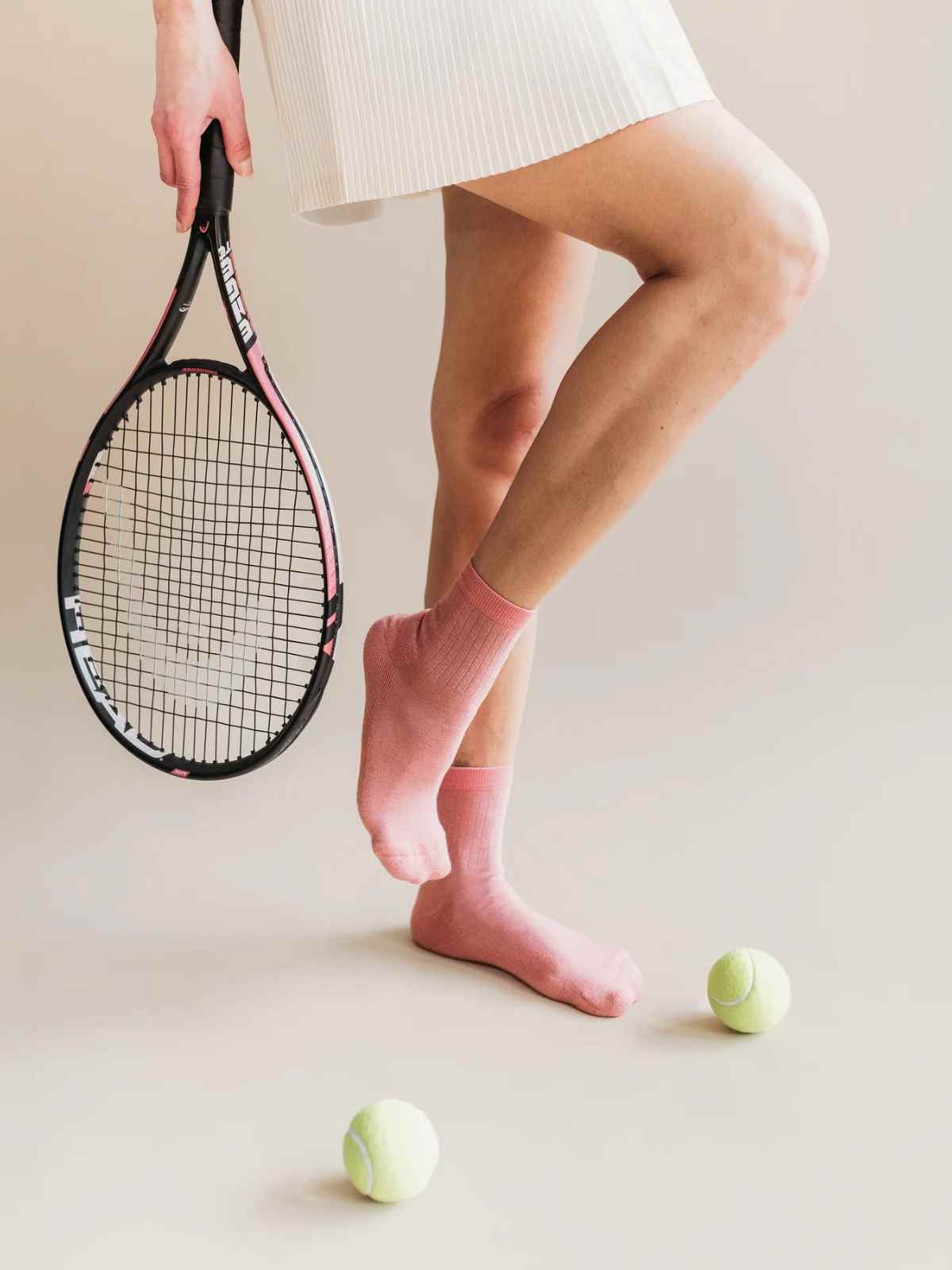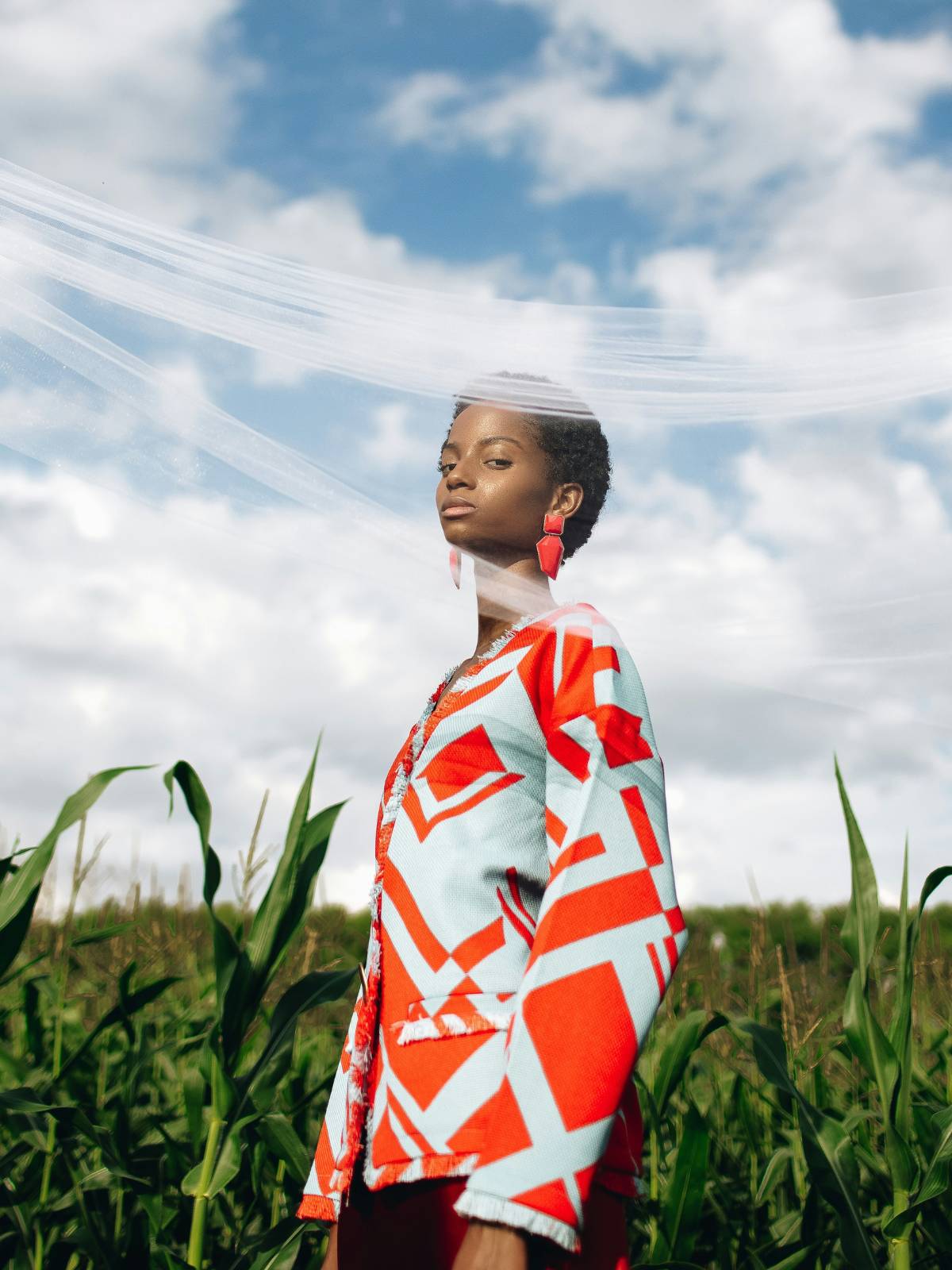The exploitation of workers within luxury supply chains remains a pressing concern. Here’s an overview of some of the most popular luxury brands in our database that have been rated poorly for their impact on people.
Most luxury brands aren’t doing enough for people
Behind the shimmering facade of luxury fashion lies a dark side that often goes unnoticed. Contrary to popular belief, the higher price tags attached to luxury brands do not necessarily guarantee more ethical or sustainable practices. In fact, the hidden costs of luxury fashion can be steep, with many brands still not doing enough to protect workers in the supply chain.
We had a look at our comprehensive data on luxury brands, and the numbers are clear: only 11% of luxury brands score “Good” or “Great” overall, and only 4.77% of luxury brands score “Good” or “Great” on labour. That means most luxury brands are doing very little for people, with 75% of these brands scoring “Not Good Enough” or below.

Exploitative labour practices are pervasive within the fashion industry, and luxury brands are no exception. “Despite enormous revenues, luxury brands have been found to be among the poorest performers in terms of addressing risks of forced labour within garment supply chains.
Data from the Clean Clothes Campaign also showed that the living wage gap for workers linked to luxury brands assessed by Walk Free and WikiRate was significantly higher (53%) than for non-luxury brands (38%),” reports Walk Free in its latest Global Slavery Index. We found similar numbers with 111 out of 174 (63%) large luxury brands in our database being flagged as not paying a living wage at any stage in the supply chain.

Throughout the world, workers at the lower end of the supply chain—from garment factories to raw material producers—often endure deplorable conditions. In 2018, a New York Times investigation found that some workers in Italy making garments for luxury brands, such as MaxMara, Louis Vuitton and Fendi were doing so from their home for as little as €2 an hour and without contracts or insurance.
Adding to the complexity is the lack of transparency within the fashion industry. This opacity shields luxury brands from accountability, allowing human rights violations to persist unchecked. The intricate and convoluted supply chains of luxury brands further compound the issue. With numerous subcontractors and outsourced manufacturing, monitoring and regulating labour conditions becomes increasingly challenging.
There are signs that things are moving in the right direction, though. In its latest Fashion Transparency Index, Fashion Revolution reported that of all the 250 brands in the index, the biggest increases this year came from Gucci, Armani, Jill Sander, Miu Miu, and Prada. “After years of the luxury fashion sector dragging its feet on transparency, the five biggest movers this year are all luxury brands,” reports Fashion Revolution.
But we’re not quite there yet, and addressing these issues requires comprehensive, systemic solutions. Governments and industry bodies must implement and enforce robust regulations to protect workers’ rights and ensure supply chain transparency. It is essential to hold luxury brands accountable for their actions and demand higher ethical standards.
This being said, it’s important to acknowledge that the luxury sector operates on a different scale from fast fashion, producing less but at higher price points. This distinction impacts the scope of sustainability issues faced. While luxury brands’ higher price tags don’t make them inherently more ethical, as we’ve seen, their lower production volume may imply less waste and environmental pollution compared to their fast fashion counterparts. However, this doesn’t absolve them of responsibility. In fact, it places even greater emphasis on their obligation to care for the workers within their supply chains. While we recognise the differences between luxury brands and the rest of the industry, we believe that all brands must be held accountable for their actions.
Consumers play a crucial role in doing just that. As individuals and citizens, we hold the power to drive change with our choices. By making informed decisions and supporting brands that prioritise human rights and sustainability, we can send a powerful message to the fashion industry.
How labour conditions and human rights are considered in our rating system
One of the three core pillars of the Good On You rating system is labour conditions. So what do we investigate when scoring brands on labour?
On our How We Rate Fashion Brands’ page, we give a high-level overview on what issues we consider when rating brands. Our rigorous ratings methodology evaluates up to 1000 data points across more than 100 key issues, indicators, and standards systems to arrive at each brand’s score. For the people pillar, we determine how well brands address their impacts on workers across the supply chain. This includes policies and practices on child labour, forced labour, worker safety, freedom of association (ie the right to join a union), gender equality, diversity, and payment of a living wage.
We consider how well brands ensure that their policies are implemented, answering essential questions like: Do they empower workers, have supportive supplier relationships, and conduct meaningful audits? Do their policies protect workers from the impacts of COVID-19 and public health crises? Are workers treated and compensated fairly? Do they avoid sourcing from areas with high risk of modern slavery, such as cotton from Xinjiang?
The luxury brands conscious consumers are better off avoiding
Luxury brands that score ‘Very Poor’ or ‘Not Good Enough’ for people
- Barbour
- Moschino
- Maison Margiela
- Christian Louboutin
- Christopher John Rogers
- OFF-WHITE
- Heron Preston
- Alberta Ferretti
- Victoria Beckham
- Tom Ford
- Alexander Wang
- VERA WANG
Brands that have been implicated in human rights violations
All of the following brands receive a “Not Good Enough” score for people and have been linked to human rights issues in recent years. While this list is not exhaustive, it provides an overview of some of the most popular luxury brands in the market that have been implicated in human rights violations.
Fay (Tod’s)
What the rating has to say
Fay’s people rating is “Not Good Enough”. None of its supply chain is certified by crucial labour standards that help ensure worker health and safety, living wages, and other rights. It received a score of 0-10% in the 2022 Fashion Transparency Index. It has a basic policy to support diversity and inclusion in its direct operations, but there’s no evidence it ensures workers are paid living wages in its supply chain.
Good to know
Tod’s, Fay’s parent company, was mentioned in a 2016 Clean Clothes Campaign report on poor labour conditions in shoe supply chains and has not responded to allegations.
Ralph Lauren
What the rating has to say
Ralph Lauren’s people rating is “Not Good Enough”. Little of its supply chain is certified by labour standards which ensure worker health and safety, living wages, or other labour rights. There is no evidence it implements practices to support diversity and inclusion in most of its supply chain, nor does it appear to pay a living wage.
Good to know
In 2022, the BBC revealed that workers in Indian factories working for Ralph Lauren were routinely exploited. “Women working at a Ralph Lauren supplier said they had been forced to stay overnight to complete orders, sometimes requiring them to sleep on the factory floor,” reports the BBC.




















